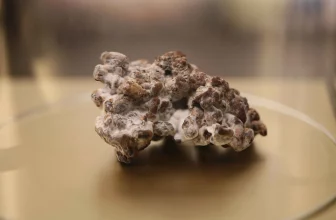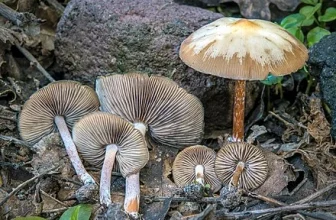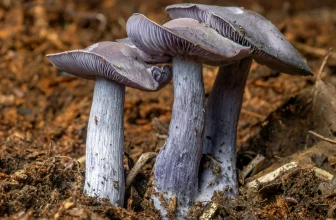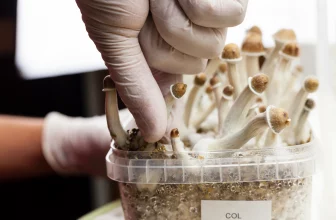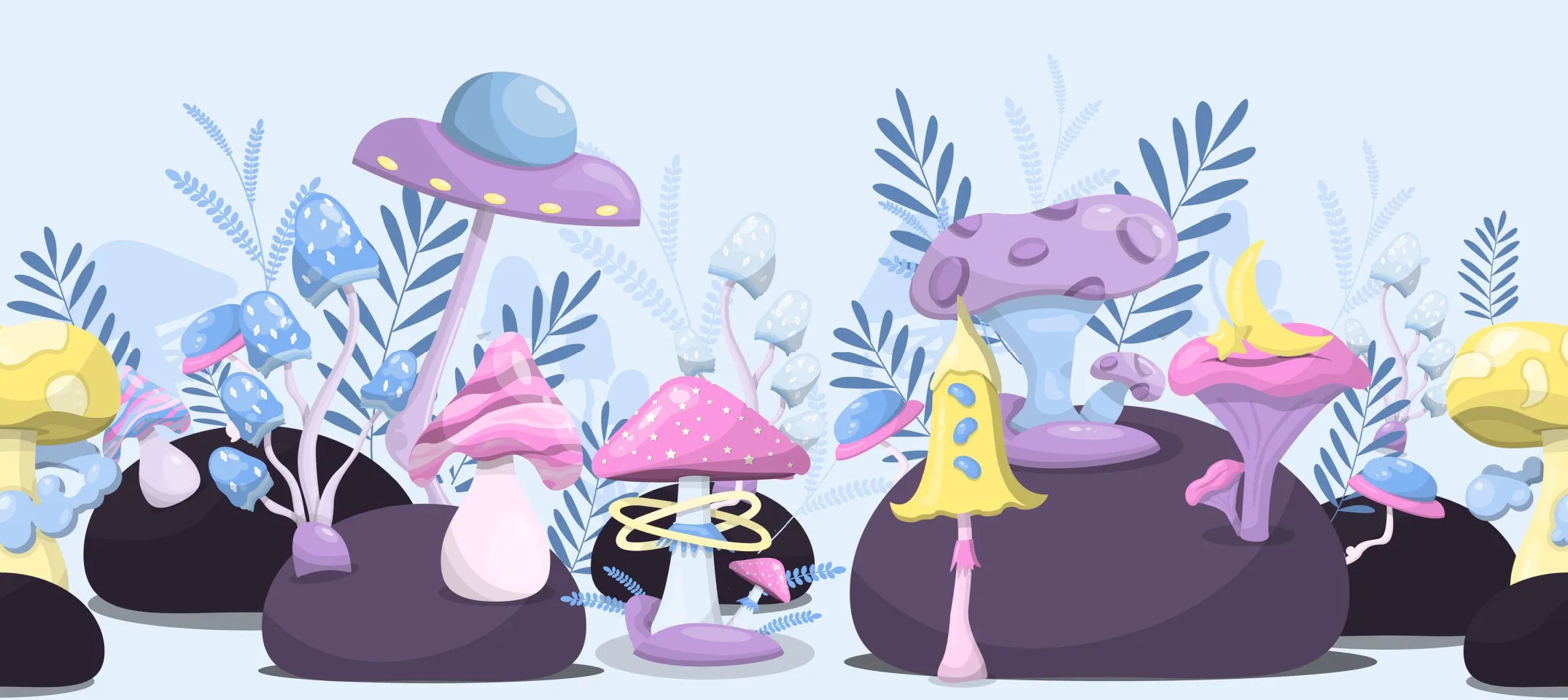
You may have heard of magic mushrooms, but have you heard of the Flying Saucer mushroom strain? Psilocybin (pronounced sil-oh-sigh-bin or sigh-low-sigh-bin) mushrooms, sometimes called psychedelic mushrooms if you’re a fan of the 1970s, or just “shrooms,” boast more than 180 varieties that take you on a magical cosmic journey.
Every magic strain has different effects, strengths, and potential dangers. Today we’re diving into the Flying Saucer mushroom strain, where it’s from, and how it’s grown.
Where Is the Flying Saucer Mushroom Strain From?
You can find most psychedelic mushrooms in tropical and subtropical forests or fields. But you can find Flying Saucer mushrooms on every civilized continent in just about any habitat, from urban landscapes to rainforests.
Mycologists (fungi experts) have characterized and genetically isolated hundreds of strains (subspecies) of magic mushrooms. A shroom’s potency varies from batch to batch within the same species. This is partly because of different growing conditions across the globe. Altogether, magic mushroom species contain varying levels of psilocybin.
What Is an Alkaloid?
Each mushroom species gives rise to its own distinct shroom trip due to its unique genetics and alkaloidal profile.
An alkaloid is a naturally occurring substance found in mushrooms (and all other plants and animals) and is very important for human beings. Why? Besides their use in pharmaceuticals, alkaloids have anti-inflammatory, anticancer, and analgesic properties and are antimicrobial and antifungal.
Alkaloids are also essential compounds in organic fusion for searching for new synthetic compounds with improved biological activity than parent compounds. Basically, alkaloids let humans level up all the good stuff found in nature.
What is Psilocybin?
Your body converts psilocybin into the psychoactive substance psilocin. It stimulates docking points in the brain that naturally react to the messenger substance serotonin (your happiness hormone).
The effect of the magic mushrooms containing psilocybin is similar to that of LSD, but the trip is a lot shorter. You start feeling its effects within about 30 minutes of ingesting the mushroom, and the trip lasts for two to two and a half hours and then levels off again. The psychedelic effect is usually completely gone six hours after ingestion.
What Happens When You’re on Magic Mushrooms?
Everyone reacts differently to smoking weed or eating mushrooms, but after centuries of use, we know a few things that generally occur for most when eating a magic mushroom.
In the first phase, users perceive changed senses, especially visually. Colors appear more intense or distorted, and walls and floors seem to change, warping and moving about.
A second phase typically follows, in which the user feels one with the world and sometimes even loses a feeling of connection to their own body.
Many magic mushroom users report extraordinary spiritual experiences during this time. Psychiatrist Roland Griffiths from Johns Hopkins University showed in a series of studies how beneficial magic mushrooms are for those with depression, anxiety, or substance abuse disorders. After just one treatment, subjects reported continuously elevated mood and decreased anxiety one month later.
What Is the Flying Saucer Mushroom Strain?
Psilocybe azurescens, known as Flying Saucer, grows in the wild and is believed to be the strongest psilocybin-containing magic mushroom. Some believe that an enthusiastic group of boy scouts accidentally found the Flying Saucer mushroom strain in Oregon in 1979. Now that’s a trip to remember!
Flying Saucer shrooms have a light brown convex cap that flattens and expands as it grows. In the center of the mushroom cap is the umbo. An umbo is a raised area in the center of the cap that can be pointy or more rounded. It has a noticeable blue bruising reaction when it’s damaged.
The Flying Saucer mushroom has a rounded umbo with a stem that grows up to 20 centimeters tall. It’s one of the largest psilocybin mushrooms.
How Flying Saucer Mushrooms Are Grown
Despite being widely cultivated throughout the world, you can find Flying Saucer mushrooms in the wild on the West coast of the United States, including parts of Northern California, Washington, and Oregon. Their preferred habitats are sandy coastal soils, dune grasses, and decomposing wood chips. They fruit in late September and can be found as late as January because of their moderate temperature tolerance.
How to Take Flying Saucer Mushrooms
The Flying Saucer mushroom is exceptionally potent, up to three times as powerful as other shrooms, containing up to 1.78% psilocybin and .38% psilocin. When you compare this to the average potency of other shrooms (about 0.73% psilocybin), you can understand why this strain is called the Flying Saucer.
These shrooms keep potency for extended periods because of their high levels of psilocybin, even after months of storage. Just one dried gram can be an intense experience. For this reason, the Flying Saucer mushroom strain is a popular microdosing species because so little is needed for the benefits.
Before Your Trip
Before taking Flying Saucer, you should know that this magic mushroom is known for causing temporary paralysis. This effect can even last the next day, which may cause anxiety and paranoia. It’s best to start with a low dose to gauge how Flying Saucer’s affects you, or you may be in for an unexpectedly and unpleasantly intense experience.
You’re in for a good time with appropriate strains and dosing, no matter which type of psychedelic mushroom you eat. Any magic mushroom strain provides an amazing experience when taken responsibly.


